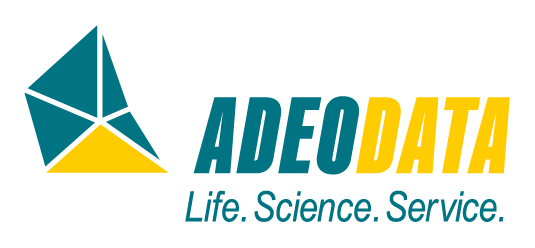CSV & DATA INTEGRITY
CSV & Data Integrity
We support life science companies in the validation of computerised systems (CSV), ensuring Data Integrity and ensuring compliance with GMP regulations.
From the pharmaceutical industry to medical devices, we validate systems on board production and laboratory equipment, as well as those that manage operational activities, documentation and business processes (MES/EBR, EDMS/QMS, ERP)
We validate computerised systems in compliance with GMP regulations, ensuring Data Integrity and compliance with regulatory requirements. We manage the entire process, from the definition of the URS (User Requirement Specification) to the drafting and execution of test protocols (IQ, OQ, PQ), through to the drafting of the final documentation attesting to the software system’s compliance (Traceability Matrix and Validation Report).
We carry out all activities to verify that the validated status of the computerised system is maintained.
We support companies in setting up Audit Trail Review activities to identify anomalies and critical issues in the management of electronic data, ensuring an effective, structured and regulatory-compliant process.
We assess the status of compliance of business systems and processes with GMP regulations and Data Integrity requirements (As Is). We identify any gaps and propose adaptation and improvement strategies to ensure full compliance with regulatory requirements (To Be).
What sets us apart
Training
Our team follows internal continuous training
programmes.
Experience
Senior figures guide and support younger resources, sharing skills directly in the field.
Critical Thinking
We tackle each challenge by evaluating strategic solutions to effectively respond and anticipate customer needs.
Customer focus
We listen to the specific needs of each customer and offer customised solutions, guaranteeing constant support.
Our services

CSV and Data Integrity
CONSULTING

Qualification
CONSULTING

Calibration
CONSULTING

Engineering
CONSULTING

Digital Innovation
CONSULTING

Project Management
CONSULTING

GMP Consulting
CONSULTING

In-house training
TRAINING

CSV and IT Audit
AUDITING

GMP Audit
AUDITING
